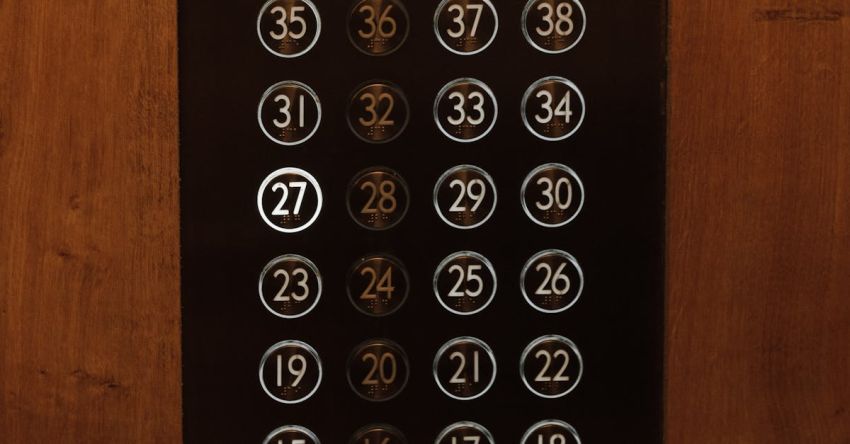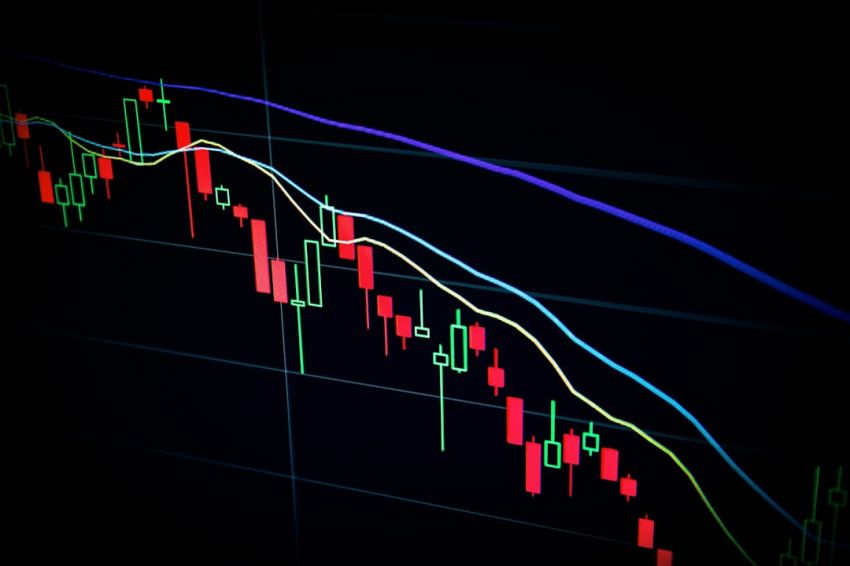Swing trading is a popular trading strategy that involves capitalizing on short- to medium-term price movements in the financial markets. Unlike day trading, which involves buying and selling assets within the same trading day, swing trading typically involves holding positions for a few days to several weeks. To be successful in swing trading, it is essential to identify key indicators that can help traders make informed decisions about when to enter and exit trades. Here, we will explore some of the key indicators that are commonly used in swing trading strategies.
Understanding the Market Trends
One of the fundamental principles of swing trading is to follow the trend. Identifying the direction of the market trend can help traders determine whether to go long (buy) or short (sell) a particular asset. Trend-following indicators such as moving averages, trendlines, and the Average Directional Index (ADX) can be used to identify the overall direction of the market trend. By aligning your trades with the prevailing trend, you increase the probability of success in swing trading.
Support and Resistance Levels
Support and resistance levels are price levels at which a particular asset tends to find buying or selling pressure. These levels can act as barriers that influence the direction of price movements. Traders often use support and resistance levels to identify potential entry and exit points for their trades. When a price approaches a support level, it may bounce off and move higher, while a resistance level may prevent further price appreciation. By paying attention to these key levels, swing traders can make more informed decisions about when to enter or exit trades.
Volume Analysis
Volume is an important indicator in swing trading as it provides valuable insights into the strength of price movements. An increase in trading volume often indicates that a significant number of market participants are actively buying or selling a particular asset. This can be a sign of increased momentum and can help traders confirm the validity of a price movement. On the other hand, low volume during price movements may suggest weak market participation and signal potential reversals. By analyzing volume patterns alongside price movements, swing traders can better assess the underlying market dynamics.
Relative Strength Index (RSI)
The Relative Strength Index (RSI) is a momentum oscillator that measures the speed and change of price movements. The RSI is scaled from 0 to 100 and is used to identify overbought and oversold conditions in the market. When the RSI is above 70, it indicates that an asset may be overbought and due for a correction. Conversely, an RSI below 30 suggests that an asset may be oversold and could potentially bounce back. Swing traders often use the RSI to identify potential entry and exit points based on these overbought and oversold conditions.
Moving Average Convergence Divergence (MACD)
The Moving Average Convergence Divergence (MACD) is a trend-following momentum indicator that helps traders identify the strength and direction of a trend. The MACD consists of two lines: the MACD line and the signal line. When the MACD line crosses above the signal line, it is considered a bullish signal, indicating a potential uptrend. Conversely, when the MACD line crosses below the signal line, it is a bearish signal, suggesting a potential downtrend. Swing traders often use the MACD to confirm the strength of a trend and make trading decisions accordingly.
Incorporating Multiple Indicators
While each of these indicators can provide valuable insights into market dynamics, it is essential to remember that no single indicator is foolproof. Swing traders often use a combination of indicators to confirm signals and increase the probability of successful trades. By incorporating multiple indicators into their analysis, traders can gain a more comprehensive understanding of market trends and make more informed trading decisions.
Conclusion
In conclusion, swing trading requires a deep understanding of key indicators that can help traders identify potential entry and exit points in the market. By paying attention to market trends, support and resistance levels, volume patterns, and technical indicators such as the RSI and MACD, swing traders can make more informed decisions about when to enter and exit trades. While no indicator guarantees success in trading, a combination of indicators can help traders navigate the complexities of the financial markets and increase their chances of profitability.










